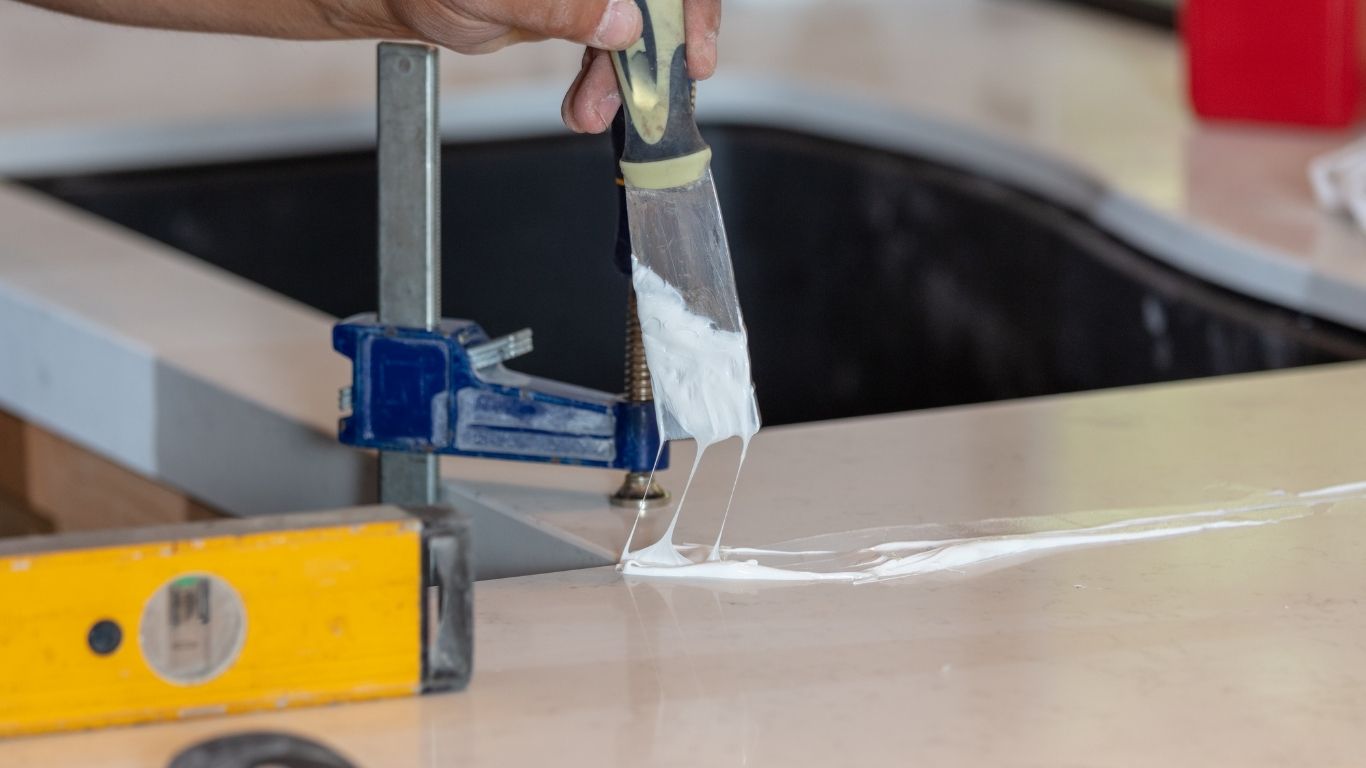FREE SHIPPING On Bathroom Vanity Orders Delivered Within 100 miles of Zip Code 17403 (York, PA)

The fabrication of stone countertops involves several key pieces of equipment to cut, shape, and finish the stone. Here’s a breakdown of the essential tools and machinery:
The specific equipment used can vary depending on the size of the fabrication shop, the volume of work, the types of stone being processed, and the complexity of the countertop designs. However, the tools listed above represent the core equipment needed for professional stone countertop fabrication.